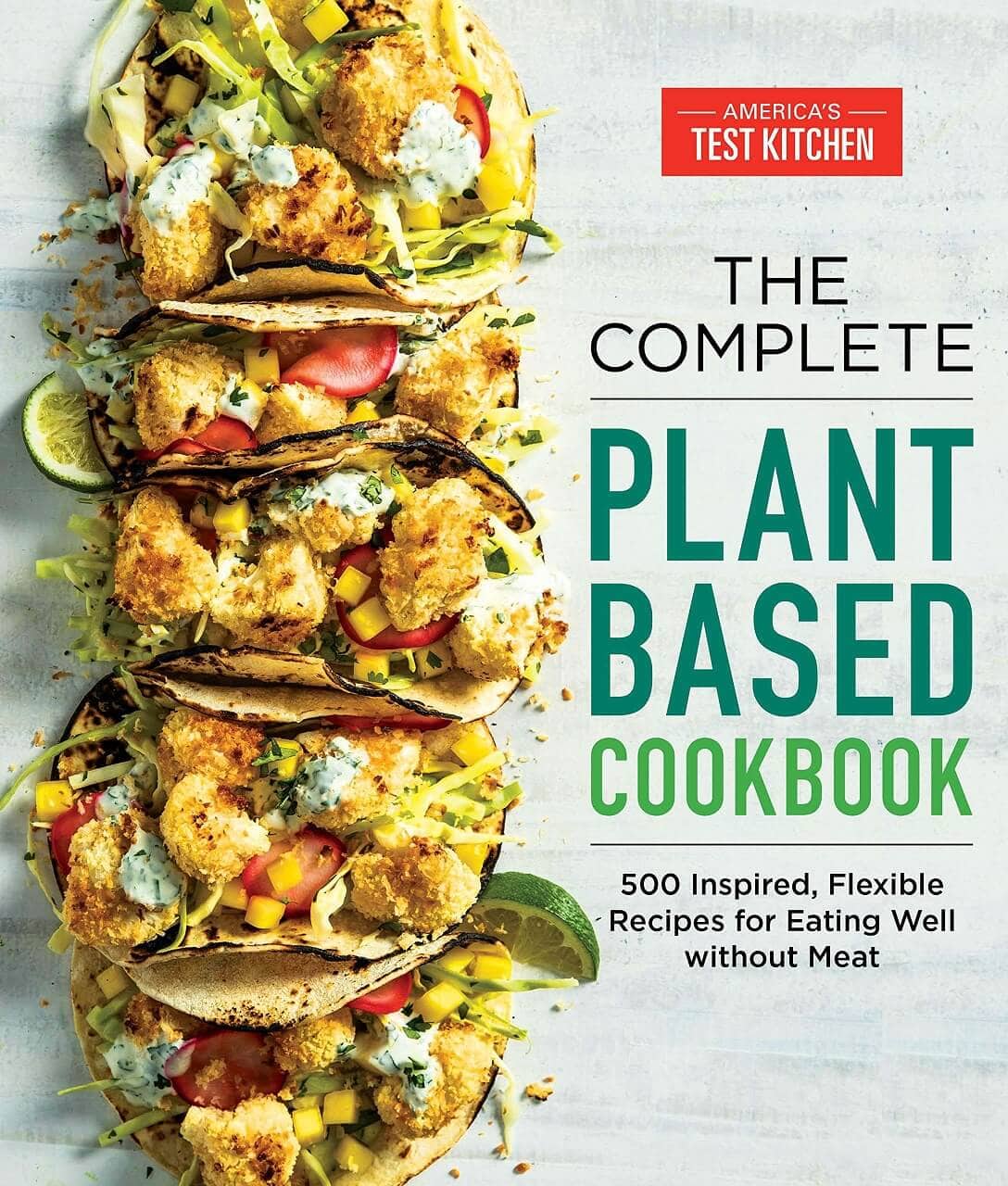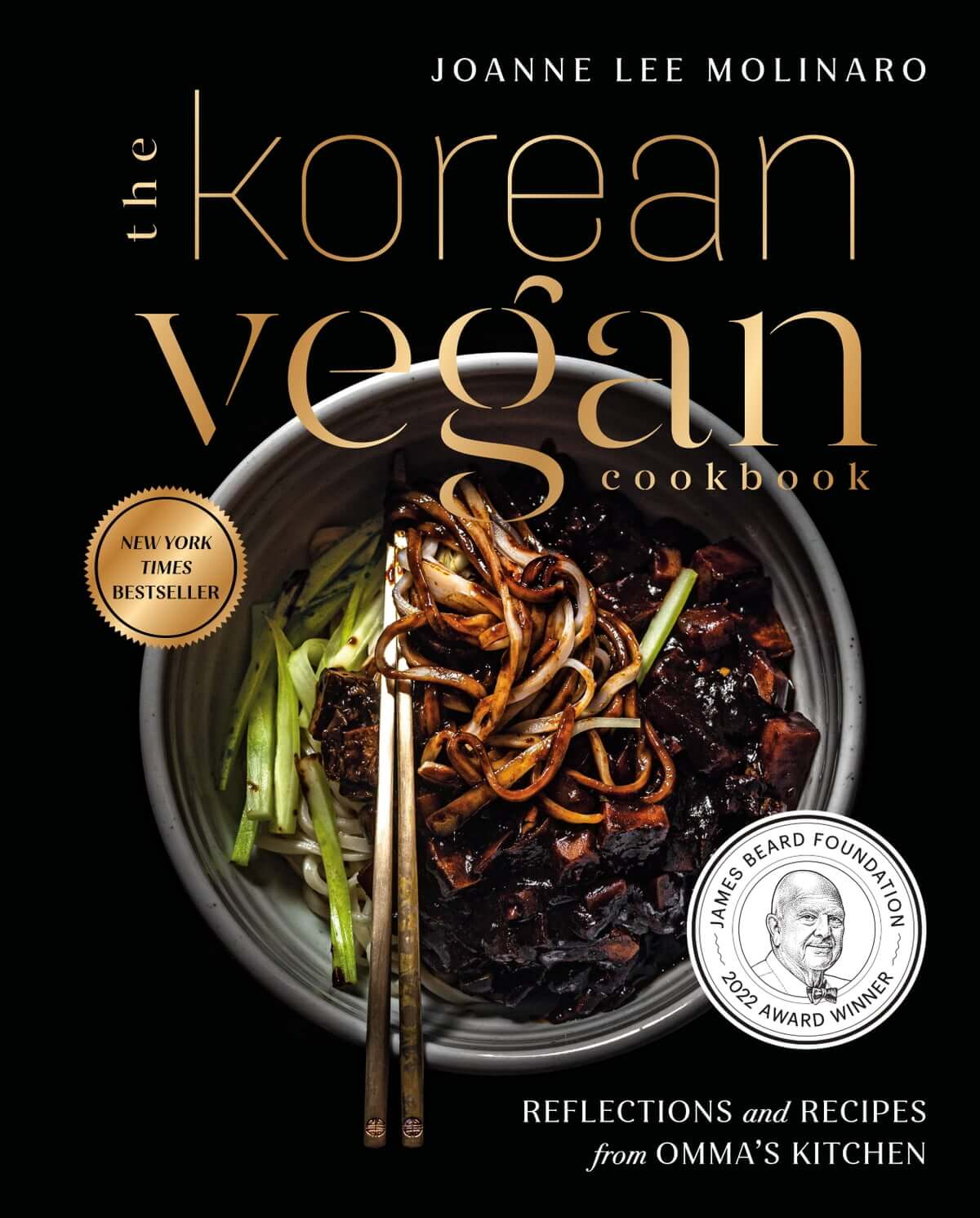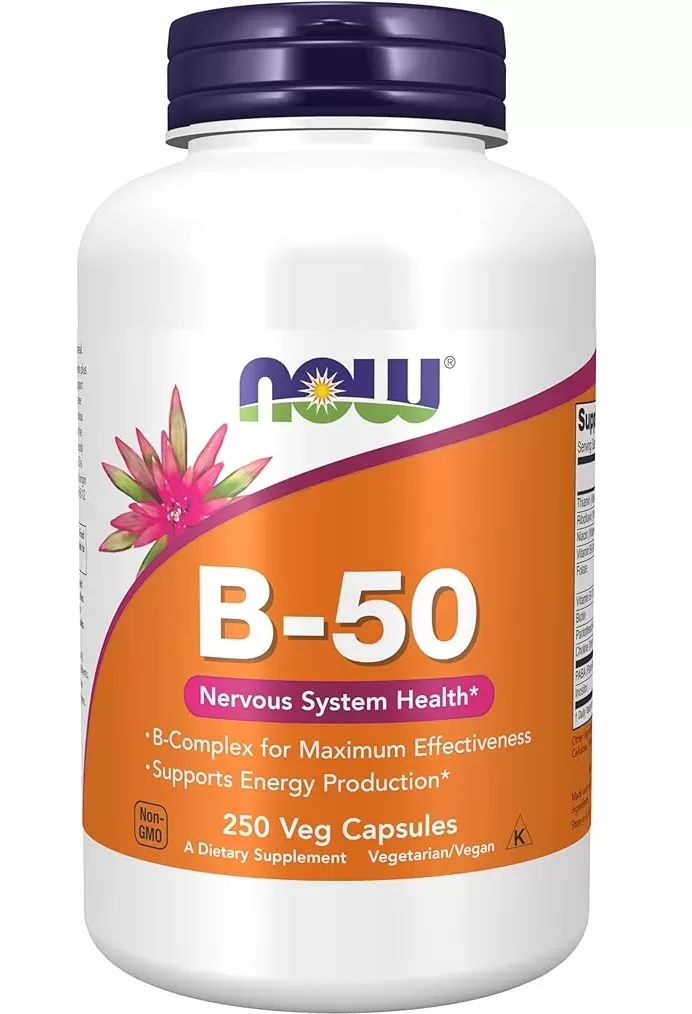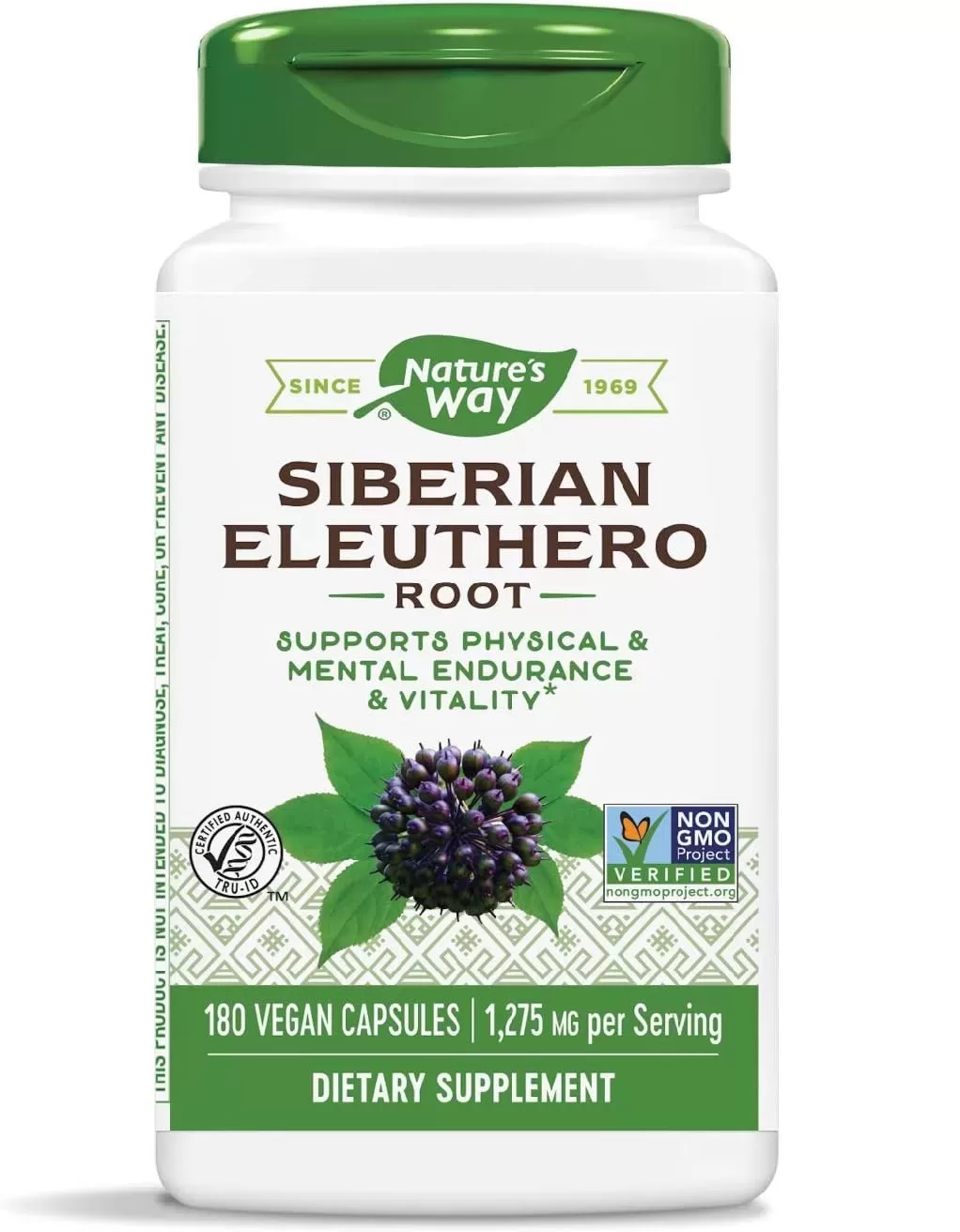Mushy rice is a common kitchen woe that can turn a delicious meal into a frustrating disappointment. Whether it’s overcooked in a rice cooker or on the stove, understanding the causes and solutions is key to mastering perfect rice every time. This guide covers everything you need to know, from troubleshooting mushy rice to preventing it in the future.
Don’t let overcooked rice ruin your day! Learn practical techniques to salvage mushy rice, along with expert tips to improve your cooking skills. With these insights, you’ll elevate your rice game to perfection.
1. Cooking with Too Much Water
Using too much water is the most common cause of mushy rice. Rice absorbs water as it cooks in a process called gelatinization. If the water-to-rice ratio is off, the grains overhydrate, split, and release excessive starch, resulting in a gummy texture. Overcooking or failing to account for variables like evaporation or rice quality can worsen the problem.
To prevent this, measure your water-to-rice ratio accurately. A good starting point is the knuckle method: after rinsing the rice to remove excess starch, add water until it reaches the first knuckle of your finger when placed on top of the rice. For basmati rice, stick to a ratio of one cup of rice to 1.5 cups of water. Checking package instructions can also help you determine the right ratio for specific varieties. If you’re unsure, cook a small test batch and adjust the water amount based on your results.
Higher altitudes and wide pots can also affect water absorption. At higher altitudes, you may need to add more water and increase cooking time due to the lower boiling point. Wide pots allow more evaporation, so use a snug-fitting lid to minimize moisture loss. The age of the rice matters too—older rice often requires more water than freshly milled grains.

2. Using the Wrong Pot
The pot you choose can significantly impact the outcome of your rice. A thin-bottomed pot can lead to uneven heat distribution, causing the rice to either burn or become mushy. The rapid heat transfer can cause the rice to absorb water too quickly, resulting in a mushy texture.
Ideally, a thick-bottomed pot is best for cooking rice. It ensures even heat distribution, allowing the rice to cook evenly and absorb water at a consistent rate. Additionally, a tight-fitting lid helps trap steam, preventing moisture loss and ensuring that all the rice cooks evenly.
Here are some additional tips for selecting the right pot for cooking rice:
Pot Material: Stainless Steel is a popular choice due to its durability and even heat distribution. Cast Iron retains heat well, but can be heavy. Clay Pot is the traditional choice, excellent for slow cooking, but requires careful handling.
Pot Size: The pot should be large enough to accommodate the rice and water without overflowing. Overcrowding can lead to uneven cooking.
By considering these factors, you can choose the right pot and cooking technique to achieve perfectly cooked rice every time.

3. Not Adjusting Water Amount to Type of Rice
The type of rice you use significantly impacts the amount of water required for optimal cooking. While the general rule of thumb is two cups of water for one cup of rice, this can vary. For instance, basmati rice typically requires less water, around one and a half cups per cup of rice.
Using too much water can lead to overcooked, mushy rice. To ensure proper cooking, consult a reliable source or reference table to determine the correct water-to-rice ratio for your specific rice variety.
Here’s a table to help you adjust the water amount for different types of rice:
Rice Type | Water-to-Rice Ratio |
Short-grain rice (sushi rice, arborio rice) | 1:1 |
Medium-grain rice (jasmine rice, basmati rice) | 1:1.5 |
Long-grain rice (Calrose, Thai jasmine) | 1:1.5 to 1:2 |
Brown rice | 1:2 |
Wild rice | 1:3 |
Remember, these are general guidelines. The best way to perfect your rice-cooking skills is to experiment and find what works best for you.
4. Incorrect Stove Temperature
The temperature at which you cook rice is crucial. While you need to bring the water to a boil initially, it’s essential to reduce the heat to a simmer after the initial boil. High heat can cause the rice to absorb water too quickly, leading to a mushy texture. By simmering the rice, you allow for a gentle, even cooking process that prevents overcooking.
Understanding the Two-Step Process:
- Boil: Bring the water to a rolling boil over high heat. This initial burst of heat activates the starch in the rice, helping it cook evenly.
- Simmer: Once boiling, reduce the heat to low and cover the pot with a tight-fitting lid. This gentle simmer allows the rice to absorb the water gradually and cook through without becoming mushy.
Stoves vary in heat intensity. You might need to adjust the setting slightly, especially if you have an older stove or a gas stove with inconsistent flames. Resist the urge to peek inside the pot while cooking. Lifting the lid can release steam and disrupt the cooking process.
Visual Cues:
- Rolling Boil: The water should be vigorously bubbling.
- Gentle Simmer: Small bubbles should be forming slowly, and the pot should not be vigorously boiling.
By following these tips and paying attention to the visual cues, you can achieve the perfect stove temperature for cooking delicious rice.

5. Overcooking
Overcooking is a common cause of mushy rice. While the general cooking time is around 10 minutes after boiling, the specific time can vary depending on the type of rice. It’s crucial to monitor the cooking process and avoid overcooking. Overcooked rice absorbs excess water, resulting in a soft, mushy texture. To prevent this, follow the recommended cooking time for your specific rice variety.
Here are some additional tips to avoid overcooking rice:
- Set a Timer: Use a timer to keep track of cooking time.
- Resting Period: After cooking, let the rice rest for a few minutes with the lid on. This helps it absorb any remaining moisture and become fluffy.
- Avoid Over-Rinsing: Rinsing the rice too much can remove essential starches, making it harder for the grains to stick together.
- Consider a Rice Cooker: A rice cooker is a great tool for consistent results. It automatically adjusts the cooking time and temperature.
By following these tips, you can prevent overcooking and enjoy perfectly cooked rice every time.
How to Fix Mushy Rice
If your rice turns out mushy, you can still salvage it. Start by draining the excess water using a sieve or colander. Then, spread the rice onto a baking sheet and place it in a preheated oven at a low temperature to dry out the grains. Another simple fix is placing a slice of bread on top of the rice while it’s still warm. The bread will absorb the extra moisture, improving the texture.
If the rice is too far gone to salvage, consider repurposing it into other dishes. Mushy rice works well in fried rice, rice pudding, or rice balls, where the texture is less noticeable.
How to Fix Mushy Rice
If your rice turns out mushy, you can still salvage it. Start by draining the excess water using a sieve or colander. Then, spread the rice onto a baking sheet and place it in a preheated oven at a low temperature to dry out the grains. Another simple fix is placing a slice of bread on top of the rice while it’s still warm. The bread will absorb the extra moisture, improving the texture.
If the rice is too far gone to salvage, consider repurposing it into other dishes. Mushy rice works well in fried rice, rice pudding, or rice balls, where the texture is less noticeable.
Advanced Methods to Cook Rice
While the above information provides a comprehensive guide to cooking rice, there are a few advanced techniques that weren’t mentioned:
- Microwave Cooking: Microwave cooking is a convenient method, especially for small portions. Use a 1:1 ratio of water to rice. Microwave on high power for 10-12 minutes, or until the rice is tender. After cooking, let the rice rest for a few minutes before fluffing with a fork.
- Rice Cooker: Rice cookers are designed to cook rice perfectly, with minimal effort. Refer to the specific instructions of your rice cooker for optimal results. Clean the rice cooker regularly to prevent buildup and ensure consistent performance.
- Sous Vide: Sous vide cooking allows for precise temperature control, resulting in perfectly cooked rice. Set the water temperature to around 185°F (85°C). Cook the rice for 45-60 minutes. After cooking, fluff the rice with a fork.
- Baking Rice: Baking rice can result in a unique, slightly crispy texture. Use a 1:1.5 ratio of water to rice. Bake at 350°F (175°C) for 45-50 minutes, or until the rice is tender.
By experimenting with these advanced techniques and choosing the best non-toxic homewares for your kitchen, you can elevate your rice-cooking skills and create a variety of delicious dishes.
Final Thoughts
Cooking perfect rice is an art that requires attention to detail. By understanding the factors that contribute to mushy rice and implementing the tips and techniques discussed in this article, you can consistently achieve delicious results.
Remember, the key to success lies in careful measurement, proper cooking techniques, and patience. Don’t be afraid to experiment with different rice varieties and cooking methods to find your perfect rice dish.













Comments are closed.